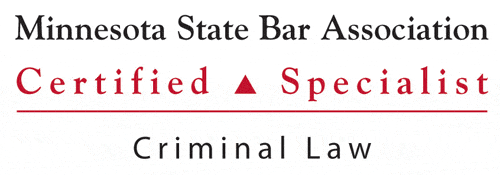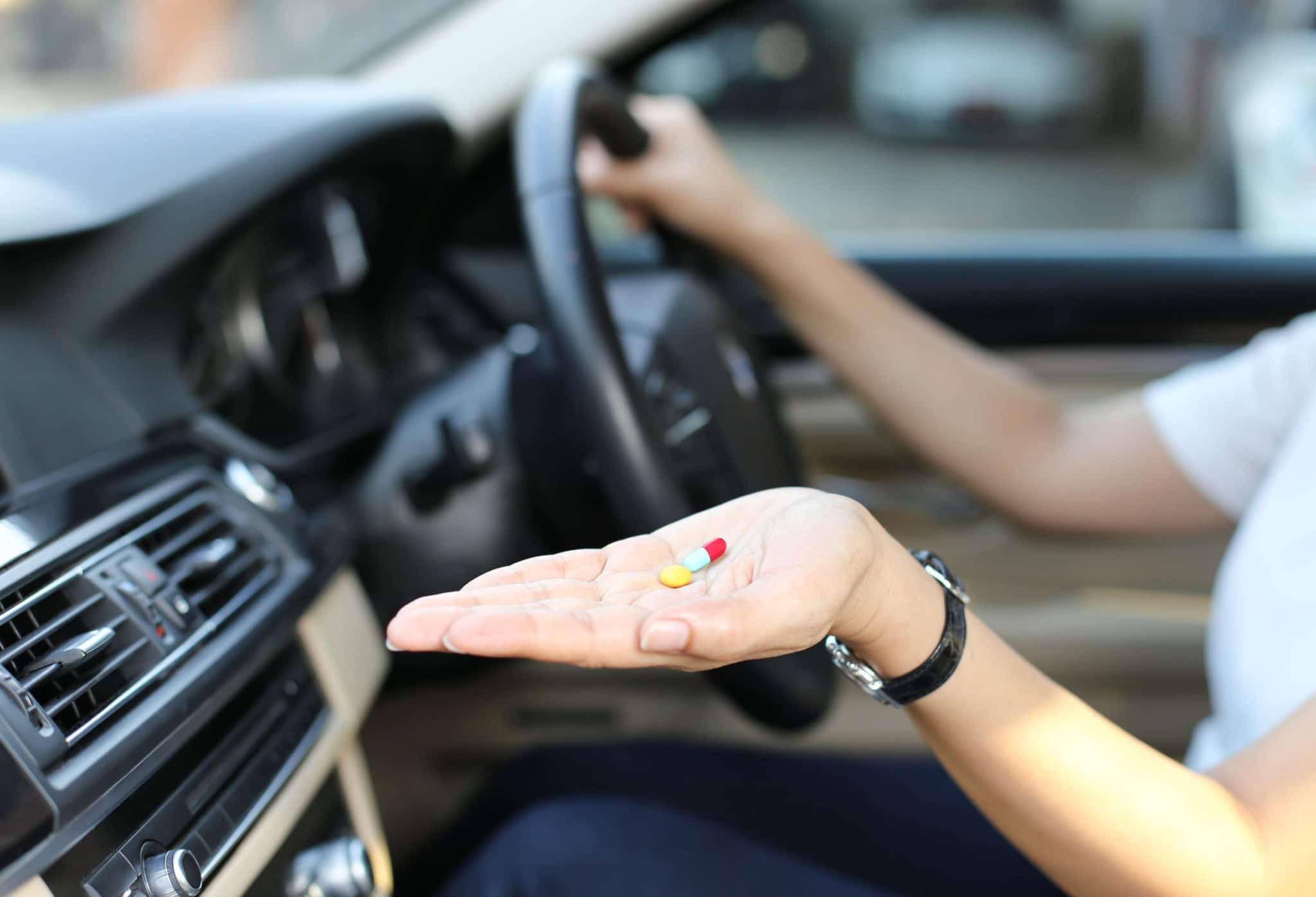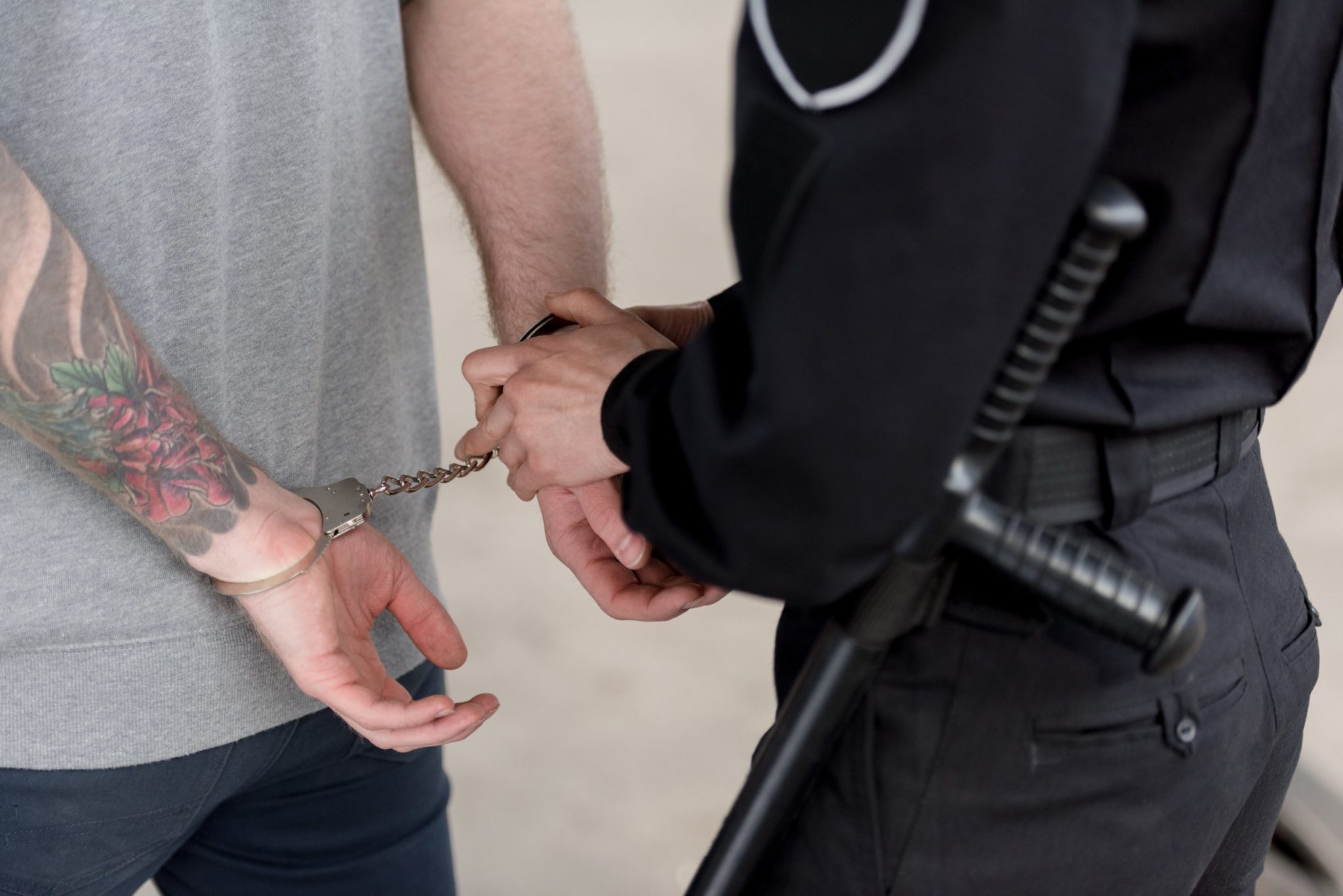When most people think of driving under the influence (DUI) or driving while impaired (DWI), alcohol is the first substance that comes to mind. While it is true that alcohol is involved in a lot of Minnesota DWI cases, it’s also important to remember that it’s illegal to drive when under the influence of drugs as well – even drugs with a legitimate prescription.
Controlled substances are divided into schedules according to the Minnesota state law. Drugs that are on Schedule I and Schedule II are illegal to take while driving.
Here’s what you need to know about DWIs in Minnesota and how possessing a prescription can impact your case.
Schedule I and Schedule II Drugs
The U.S. Drug Enforcement Administration classifies drugs into five distinct schedules. Their schedule placement is determined by two main factors: if there is an accepted medical use for the substance and how high the potential is for someone to abuse or become dependent on it.
Schedule I Drugs
These substances are considered to have no medical use and a high potential for abuse and dependence. If you are charged with a DWI for having one of these drugs in your system, then you need a lawyer. These drugs are typically subject to criminal prosecution.
Drugs on this schedule include heroin, peyote, ecstasy, methaqualone, marijuana, and LSD.
Schedule II Drugs
Drugs on this schedule have some medical uses but are also at high risk for abuse and dependency. Drugs on this schedule include fentanyl, oxycodone, cocaine, methamphetamine, methadone, and hydrocodone.
DWI Laws in Minnesota
It is illegal in Minnesota to drive a vehicle when under the influence of a Schedule I or Schedule II substance. A valid prescription for the substance is not a get-out-of-jail-free card at all. It’s still illegal to operate a vehicle when under the influence of the drug.
On top of that, the laws in Minnesota for implied consent mean that your driver’s license will be revoked if you test positive for the substance when driving a vehicle.
Penalties for DWIs
There are four degrees of DWIs in Minnesota, each with its own penalty.
Fourth-Degree DWI
This is a misdemeanor, and the penalties include as many as three months in jail and fines of as much as $1,000.
Third-Degree DWI
A gross misdemeanor, a conviction can have you facing as many as 12 months incarceration and fines of as much as $3,000.
Second-Degree DWI
Another gross misdemeanor can result in the same penalties as a third-degree violation.
However, it can also be charged if the DWI is your third within a ten-year period, or it’s your first violation and at least two aggravating factors are present.
First-Degree DWI
A felony, this crime can send you to prison for seven years and result in fines of as much as $14,000.
Anyone convicted of a DWI is also in danger of losing their license.
DWI Defense
The state does recognize that those with prescriptions face severe DWI penalties, so they have provided something called an affirmative DWI defense option. This covers those with valid prescriptions for drugs found on Schedule I or Schedule II.
Under this affirmative DWI defense, the burden falls on the defendant to show that they are innocent. You need an experienced defense attorney to help you in this case. Also, this defense only can be used in criminal cases, not in civil or administrative cases in which your license is suspended.
About the Author:
Christopher Keyser is an AV-Preeminent rated criminal and DWI defense attorney based in Minneapolis who is known for fighting aggressively for his clients and utilizing innovative tactics to get the most positive results. He has been featured in numerous media outlets due to the breadth and depth of his knowledge and named a Certified Specialist in Criminal Law by the Minnesota Bar Association. Mr. Keyser is Lead Counsel rated, and he has received recognition for his criminal law work from Avvo, Expertise, Super Lawyers, The National Trial Lawyers, and more.







